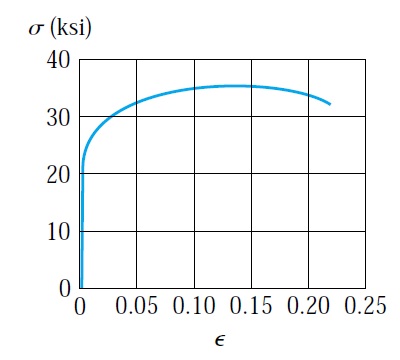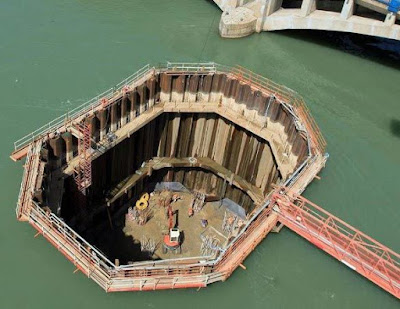Pile integrity test(low strain impact integrity test)
Pile
Integrity Test
A Pile Integrity Test (PIT)
is a non-destructive method used to assess the structural integrity of
cast-in-place concrete piles. The test is typically conducted seven days
after casting to ensure the concrete has gained sufficient strength.
The principle of the test involves
introducing a sound wave into the pile shaft and comparing the measured
wave velocity with the standard wave velocity for concrete. Any deviation
in wave velocity may indicate anomalies such as cracks, discontinuities,
or material inconsistencies within the pile. PIT provides valuable information
regarding:
- Pile cross-section continuity
- Discontinuities or voids in the pile shaft
- Pile length estimation
- Quality of concrete within the pile
Advantages
of the Pile Integrity Test
PIT is widely used for concrete
piles due to its simplicity, speed, and efficiency. The method is straightforward,
requires minimal time, and provides immediate results. However,
while PIT offers a preliminary assessment of pile conditions, it may not
always provide highly accurate or detailed results.
Testing
Procedure
- Pile Head Preparation:
- The pile head must be cleaned of contaminants
such as oil, grease, or loose concrete before testing.
- Impact Generation & Signal Recording:
- A small hammer is used to introduce a sound
wave into the pile by lightly striking the pile head.
- The sound wave travels down the pile shaft and
reflects back from the pile toe or any discontinuity
encountered.
- An acceleration transducer records the time
difference between the impact and wave reflection.
- Data Interpretation:
- The velocity vs. time graph is analyzed to
detect irregularities in the pile.
- Discontinuities such as cracks, variations in
cross-section, or material inconsistencies affect the velocity of the
signal and can be interpreted from the recorded data.
Limitations
of the Pile Integrity Test
Despite its advantages, PIT has several
limitations, including:
- Small impedance changes may not be detected.
- Gradual changes in pile diameter may go unnoticed.
- Curved or inclined piles cannot be effectively evaluated.
- Minor soil inclusions may not be detected.
- Localized loss of reinforcement cover cannot be identified.
- The thickness of debris at the pile toe remains undetectable.

















Comments
Post a Comment